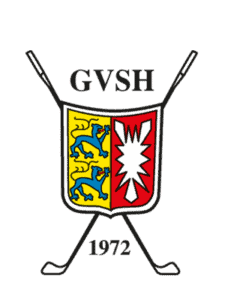Biodiversity lexicon: F for fauna and fora
When talking about biodiversity and nature conservation on golf courses, two terms are often used: Fauna and flora. They sound familiar – and yet many people are unclear exactly what the difference is.
In biology, flora refers to the entirety of all plant species that occur in a particular geographical area – from mosses and grasses to shrubs and trees. The term is derived from the Roman goddess of flowers and plants, Flora. On a golf course, for example, the flora comprises hundreds of plant species that not only provide a habitat, but also produce oxygen through photosynthesis and bind CO₂ – functions that are essential for the climate and all life on earth.
Fauna, on the other hand, stands for the entirety of all animal species in a particular area – from tiny insects to amphibians, birds and mammals. The term comes from the Roman goddess Fauna, the patron saint of animals. Fauna is as diverse as it is functional: animals pollinate plants, spread seeds, regulate populations and are part of complex food webs.
The difference is therefore clear: flora refers to the plant world, fauna to the animal world. Together, they form the foundation of a functioning ecosystem – a finely balanced interplay that is becoming increasingly unbalanced due to environmental changes such as climate change, land use or invasive species.
Why is this important? Because the loss of individual species not only changes the visible species picture, but often has far-reaching consequences – for the entire flora and fauna of a habitat and ultimately also for humans. Because without flowering meadows (flora) there are no bees – and without bees (fauna) there is no pollination, no fruit, no food.
INSERT_STEADY_NEWSLETTER_SIGNUP_HERE







